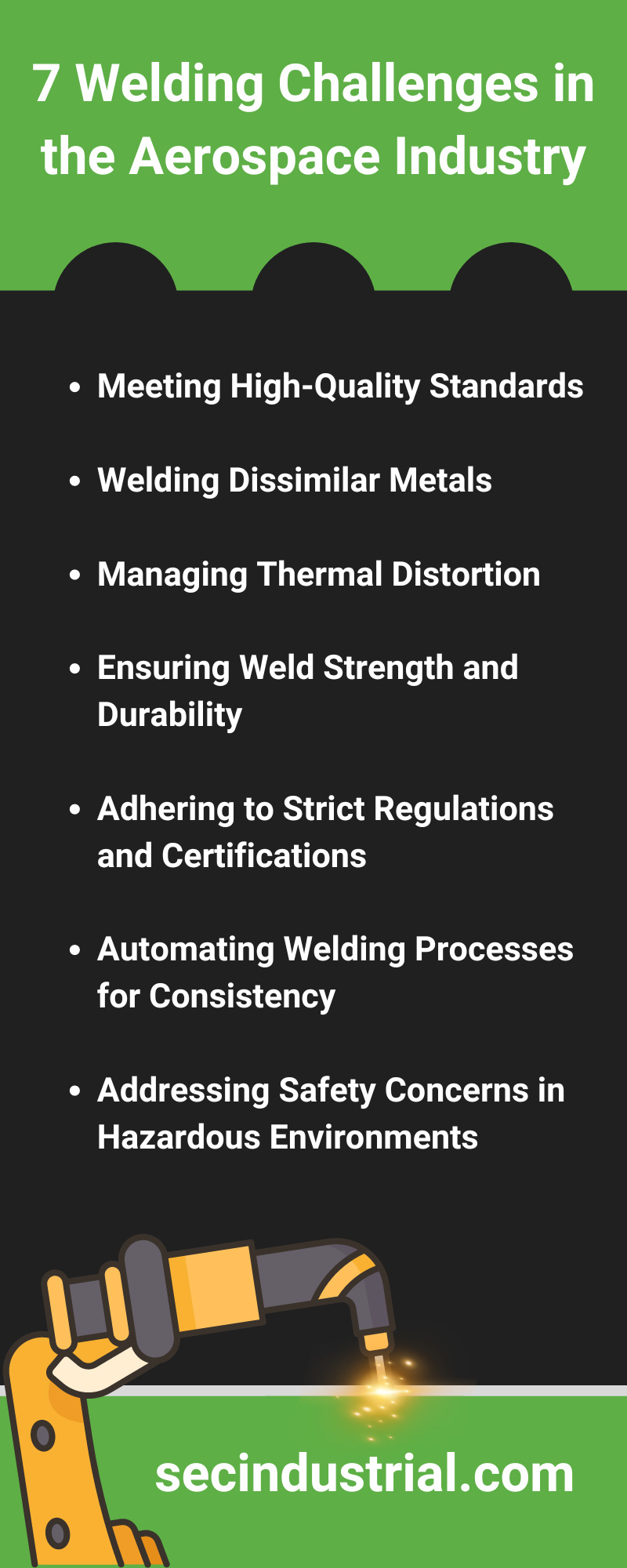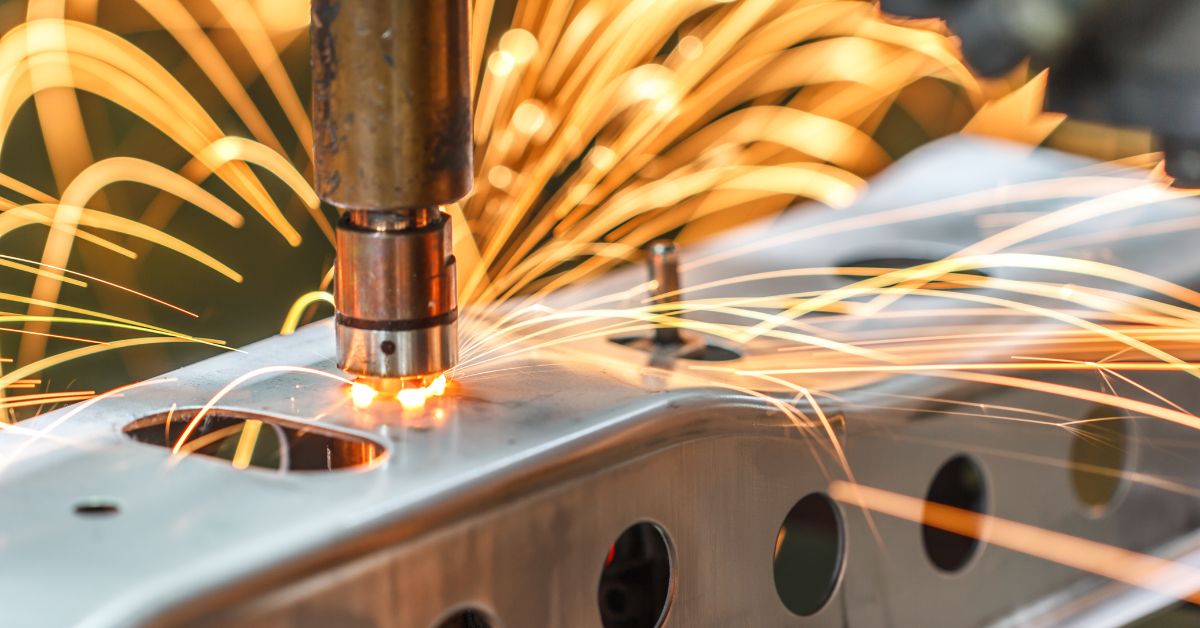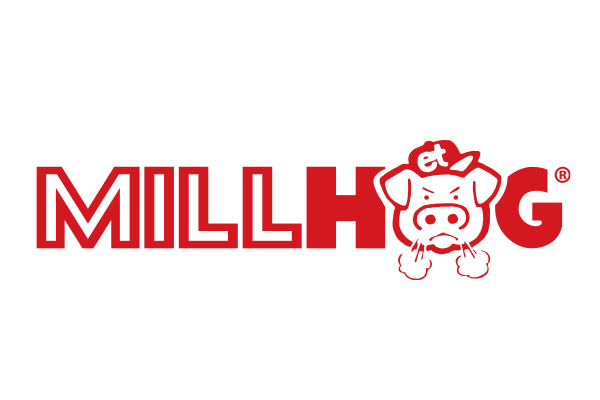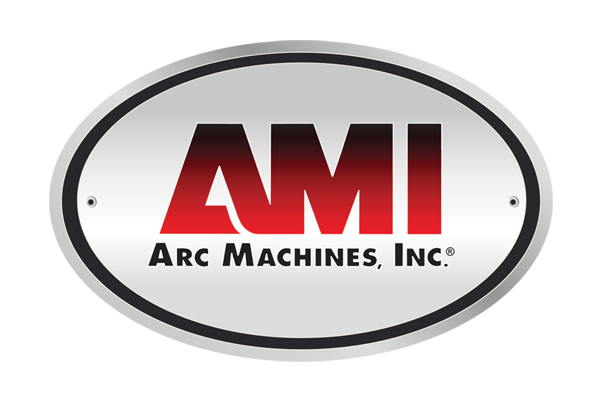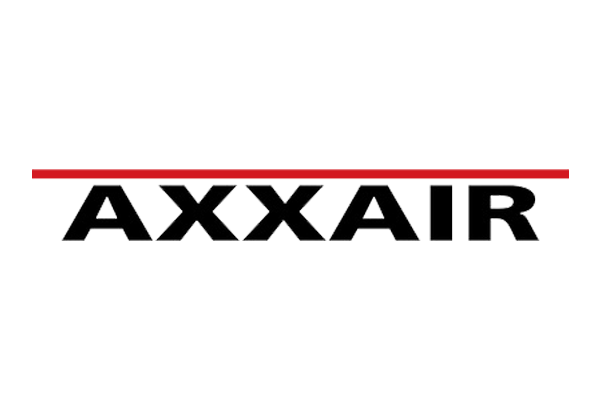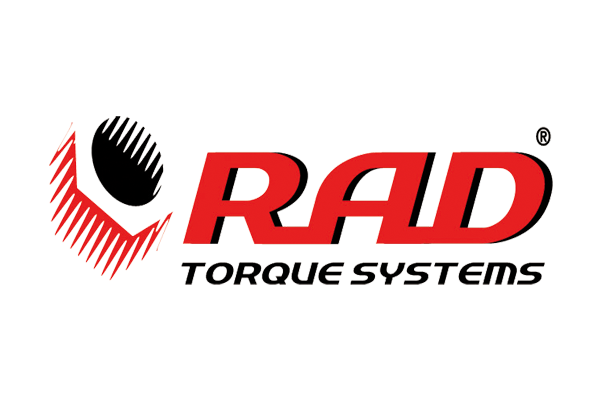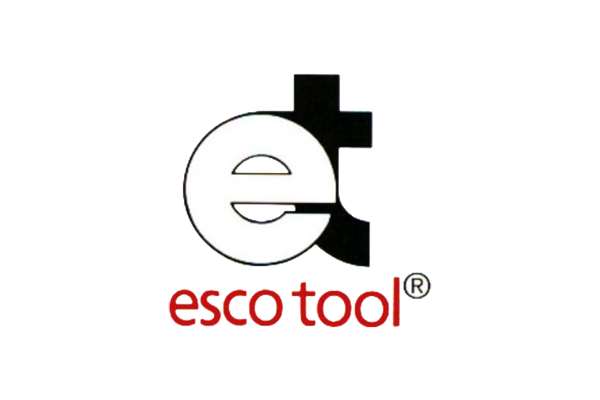7 Welding Challenges in the Aerospace Industry
The aerospace industry, known for its stringent standards and high-stakes operations, faces unique welding challenges that significantly impact production efficiency, safety, and product performance. Welding, a critical process in the fabrication and repair of aerospace components, demands precision and consistency to meet the industry’s rigorous quality requirements.
Let’s look at seven welding challenges in the aerospace industry and explore how you can overcome them.
Meeting High-Quality Standards
Aerospace components must endure extreme conditions, such as high velocities, temperature fluctuations, and pressure differentials, making high-quality welds paramount. Achieving these standards requires the utilization of advanced welding techniques and technologies, meticulous inspection processes, and continuous workforce training. Techniques like laser welding and electron beam welding offer the precision necessary for the delicate components used in aerospace. Inspection techniques, including ultrasonic and radiographic testing, are employed to ensure weld integrity and compliance with safety standards.
Investing in continuous training programs for welders is crucial to keep up with technological advancements and maintain the high craftsmanship level required. Meeting these high-quality standards is not just about adhering to regulations; it’s about ensuring the safety and reliability of aerospace vehicles and equipment in critical missions.
Welding Dissimilar Metals
Welding dissimilar metals presents a significant challenge in aerospace due to differing physical and chemical properties, which can introduce issues such as corrosion and brittleness at the weld joint. These metals, often combined to achieve specific performance characteristics such as weight reduction and strength, require specialized welding techniques to ensure integrity and functionality.
Techniques like friction stir welding, and the use of intermediate layers or filler materials specifically designed to be compatible with both base metals are critical solutions. Such methods help to mitigate the thermal and mechanical stresses experienced during the welding process, ensuring a robust and reliable joint. Overcoming this challenge is vital for the construction of aerospace components that can withstand the harsh operating environments they will encounter, emphasizing the need to develop and refine welding practices and materials continually.
Managing Thermal Distortion
Thermal distortion is another significant hurdle in aerospace welding, as the intense heat applied during the process can warp or distort the components. This distortion not only affects the component’s dimensional accuracy but can also compromise its structural integrity and performance. Precise control of the welding heat input and the use of advanced techniques like controlled atmosphere welding are crucial in minimizing these effects. Implementing proper fixturing and clamping strategies during welding can also help maintain component alignment and shape.
Post-weld heat treatments are often necessary to relieve internal stresses and restore material properties. Addressing thermal distortion effectively requires a deep understanding of the thermal properties of the materials involved and a highly skilled workforce adept at applying the most appropriate welding and treatment techniques for each situation.
Ensuring Weld Strength and Durability
Ensuring weld strength and durability is crucial in the aerospace industry, where the failure of a single component can result in catastrophic outcomes. This challenge necessitates the selection of appropriate welding techniques and materials that can withstand the extreme conditions of aerospace applications. Advanced processes such as gas tungsten arc welding (GTAW) and laser beam welding (LBW) are often preferred because they can produce strong, durable welds with minimal defects.
Additionally, thorough testing and analysis, including mechanical testing and microstructural examination, are integral to verifying weld quality and endurance. Addressing this challenge is not only about achieving the required mechanical properties but also about understanding the failure mechanisms that can compromise weld strength and durability over time, thereby ensuring the long-term reliability of aerospace components.
Adhering to Strict Regulations and Certifications
Adherence to strict regulations and certifications is essential in the aerospace industry to ensure safety and reliability. This environment is governed by rigorous standards set by national and international bodies, including the Federal Aviation Administration (FAA) and the European Aviation Safety Agency (EASA). These regulatory agencies demand comprehensive documentation, thorough testing, and certification processes for all welding activities and components.
Meeting these requirements involves an extensive understanding of the regulations, meticulous record-keeping, and consistent quality control mechanisms throughout the production process. Navigating these legal frameworks and ensuring compliance poses a significant challenge to aerospace manufacturers. However, adhering to these stringent guidelines is critical for maintaining the trust of customers and regulatory bodies, thus safeguarding the integrity of aerospace components and systems.
Automating Welding Processes for Consistency
Automating welding processes in the aerospace industry is becoming increasingly essential to achieve the consistency, precision, and efficiency required for high-quality aerospace components. Automation, through the use of robotics and computerized systems, enables repeatability and a reduction in human error, pivotal for the complex and exacting nature of aerospace welding tasks. The implementation of automated welding systems also allows for tighter control of welding parameters, including speed, temperature, and environment, directly contributing to enhanced weld quality.
Automation supports the industry’s high-volume production needs while adhering to stringent safety and quality standards. Despite the upfront investment in technology and training, the move towards automation is critical for aerospace manufacturers seeking to improve productivity, meet rigorous regulatory requirements, and maintain competitiveness in the global market.
Addressing Safety Concerns in Hazardous Environments
Addressing safety concerns in hazardous environments is paramount for welding in the aerospace industry, where operations often occur in conditions that are potentially dangerous to workers. The risk factors include:
- exposure to high radiation from welding arcs
- inhalation of toxic fumes
- accidents because of the close interaction with complex machinery and high-temperature tools
To mitigate these risks, strict safety protocols, such as the use of personal protective equipment (PPE), adequate ventilation systems, and rigorous training programs, are essential.
The adoption of robotic welding technologies can significantly reduce human exposure to hazardous conditions, enhancing overall safety. Prioritizing the health and safety of the workforce not only complies with legal and ethical standards but also contributes to increased productivity and quality by ensuring that skilled workers are protected and able to perform their tasks in a safer environment.
Overcoming the welding challenges in the aerospace industry is crucial for maintaining the safety, reliability, and efficiency of aerospace components and systems. From meeting high-quality standards and managing thermal distortion to ensuring weld strength and adhering to strict regulations, each challenge demands a combination of advanced technology, skilled craftsmanship, and continuous innovation.
If you need orbital welding equipment, SEC Industrial can help. Our extensive range of orbital welding machines, accessories, and consumables cater to the unique requirements of the aerospace industry. Contact us today for all your welding needs.
